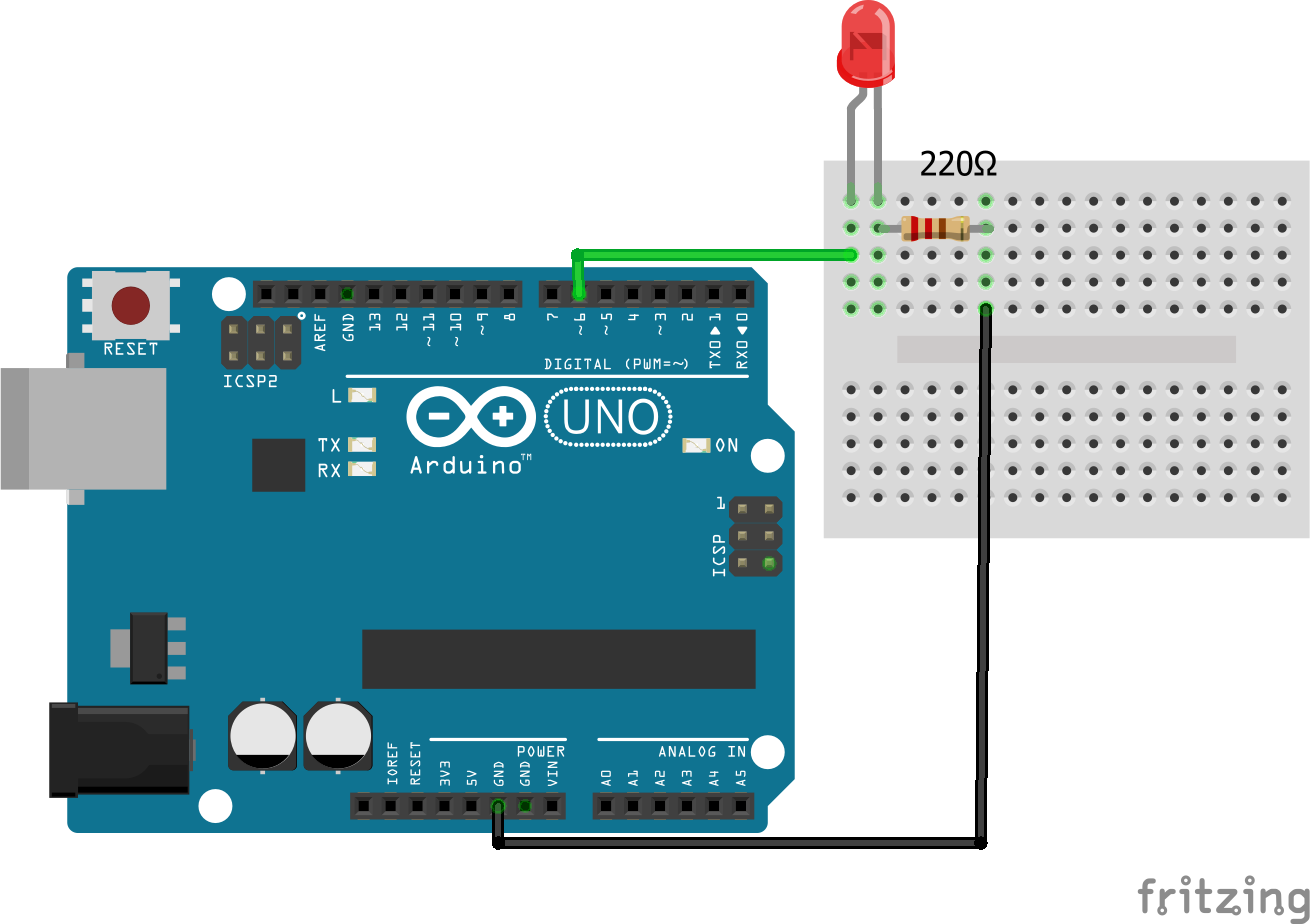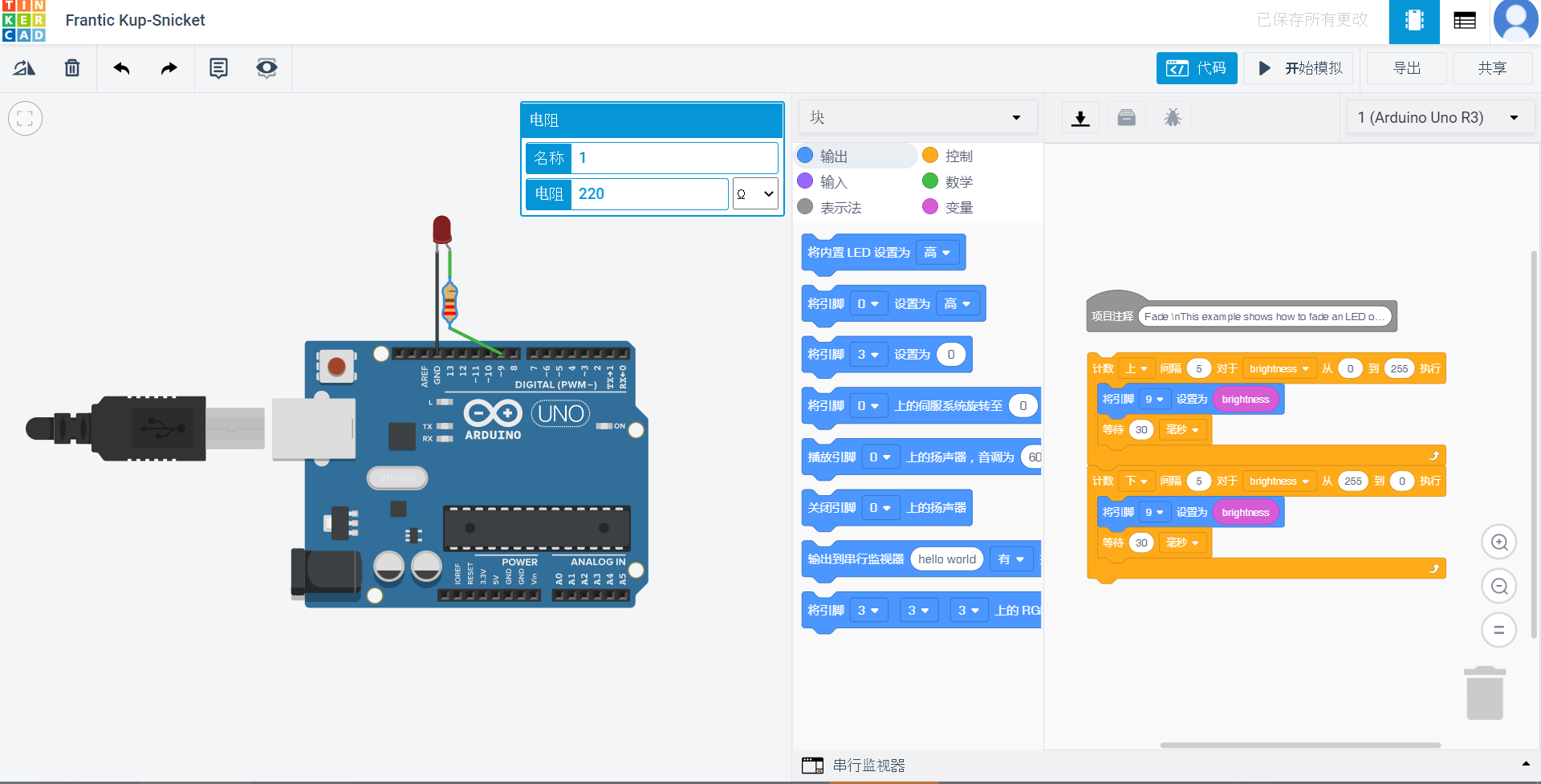

The PWM pins on the Arduino Leonardo/Micro are 3, 5, 6, 9, 10, 11, and 13. The frequency can also vary for some PWM pins present on the particular board. The PWM pins are present on every Arduino Board. analogWrite() takes 2 arguments: the pin to apply the voltage to, and then a byte number between 0-255. When an analogWrite() function is called, a stable rectangular wave of particular duty cycle is generated by the specified PWM pin until the next analogWrite() is called on that same pin. Exactly what we need for the analogWrite() function.

It is also used to drive a motor at varying speeds. We can light an LED with varying brightness with the help of analogWrite(). It writes a PWM value or analog value to a pin. We need to use the analogWrite() to set the duty cycle of a PWM (Pulse Width Modulation) pulse. The digitalRead is used to read the HIGH or LOW state of a pin. The pinMode() function is used to declare the specific pin as input/output. The pinMode(), digitalRead(), digitalWrite() functions control the operation of non-PWM pins. We can control the effective voltage of the DC motor in Arduino by regulating the PWM duty cycle.Īrduino UNO board consists of 14 digital Input/Output pins, where pin 11, 10, 9, 6, 5, and 3 are PWM pins. The above image displays the wave at different duty cycles. Duty cycle of a PWM waveĪs defined above, the duty cycle is the ratio of the pulse width to the total width of a signal. T c: It is the total duration of the signal as the sum of HIGH and LOW. T o: It is the duration of the signal when the signal is HIGH. The analogWrite() function takes two arguments: the Arduino pin number (9 in.

#ARDUINO ANALOGWRITE SET TO 0 HOW TO#
The duty cycle of the rectangular pulse is shown below: You already learned how to use Arduinos digital i/o pins to send HIGH and. In this tutorial, youll learn how to use Arduino analogWrite() function to generate PWM output signals with Arduino. The PWM is a square wave signal, which is represented as: LOW means the voltage is equivalent to 0 volts. The state of the Digital Input/Output pins in Arduino is either HIGH ( 1 ) or LOW ( 0). We can also use PWM for voltage regulation, audio signal generation, devices control (pump, hydraulics, etc.), servo motor, etc. The DC motors receive a high or low electrical power input based on the width of the PWM pulses. The PWM in DC Motors acts like a pulse train of a DC signal. It means the LED will be ON/OFF at a frequency detectable by our eyes. It defaults to 8 bits (values between 0-255) for backward compatibility with AVR. The PWM in LED controls the frequency of the light. analogWriteResolution() sets the resolution of the analogWrite() function. The common use of PWM pins includes controlling LEDs and DC Motors. The effective voltage is controlled by the width of individual pulses in a stream of voltage pulses of a PWM signal. It is a stream of voltage pulses that reduces the electric power supplied by the electrical signal. The PWM ( Pulse Width Modulation) is a method of controlling the average voltage.


 0 kommentar(er)
0 kommentar(er)
